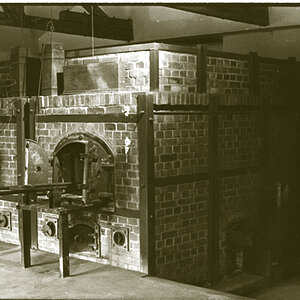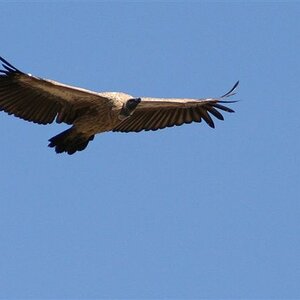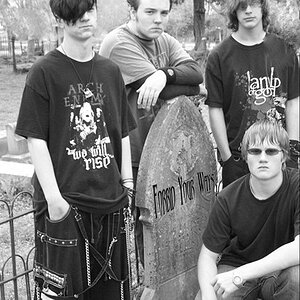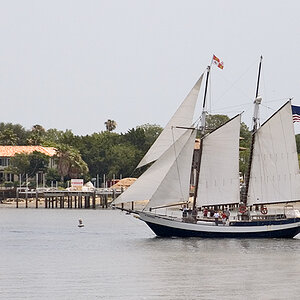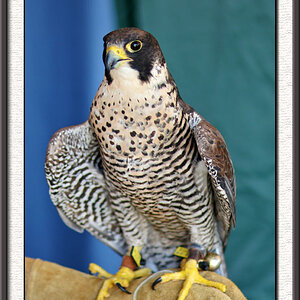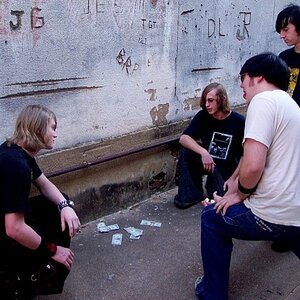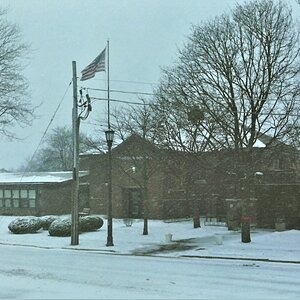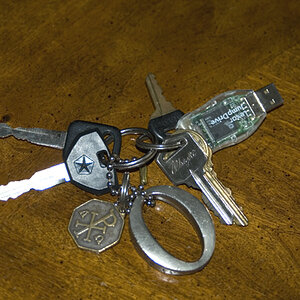DSLR noob
TPF Noob!
- Joined
- Feb 7, 2007
- Messages
- 1,527
- Reaction score
- 9
- Location
- Atlanta, GA
- Website
- www.myspace.com
- Can others edit my Photos
- Photos OK to edit
Oh wait you want ALL the points to light up? You're lens is fine then, you're just asking the impossible from any sort of optical device. There is a reason there is more than one AF point and different ones light up each time and thats because different scenes focus on different points. I can't imagine what you think when you're focusing "Oh the left one lit up and the thing to the left is in focus but the thing to the right is blurry, let's try again. Oh no the thing on the right lit up and the right thing is in focus but now the left one is blurry, let's try again." No offense but it should be pretty obvious at this point that not everything can be in focus when looking at a wide open lens. (Use DOF preview with a narrow aperture to see what will be in focus in the final image). You say you manage to get it about 16 tries. I'm surprised you even get that. It should never be able to light up all points unless everything overlapping these points is the same distance from the camera. Try a tripod and a narrow aperture (f/22) to get the most things as possible in focus......... what a strange shooting style, being able to focus on certain things over another is a useful element of photography.


